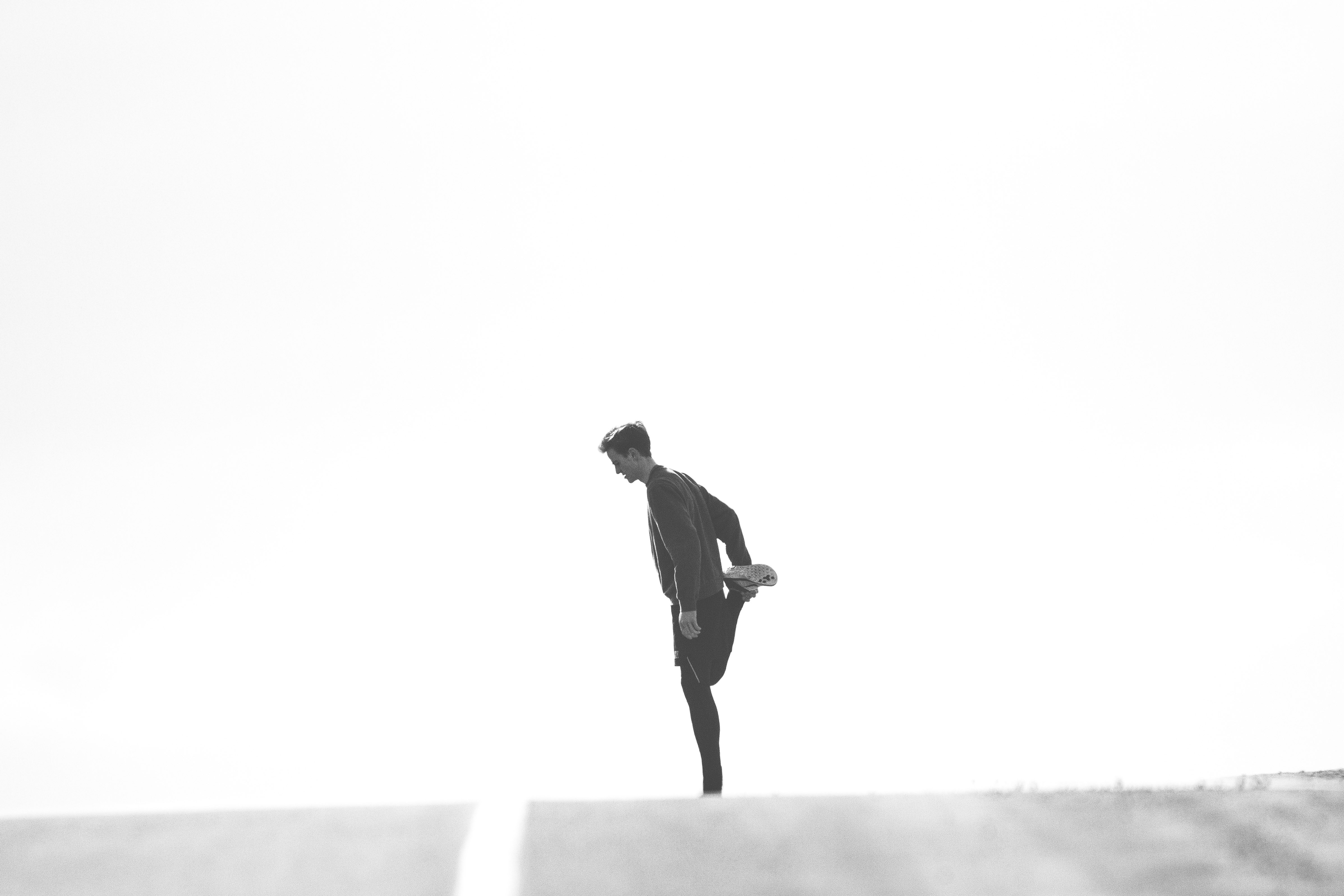
Imagine a world where we could stop sports injuries from occurring before they happened. It would be a perfect sports world. But is it possible? Can we really predict sports injuries before they happen?
Imagine a world where we could stop sports injuries from occurring before they happened. It would be quite a world. Your favorite sports teams would never lose the star player. Your sports hero would never get hurt. And you would never experience any setbacks in your own athletic career due to an injury.
Sounds too good to be true, doesn’t it?
Well, unfortunately, we will never be able to predict with full certainty any injury, because, obviously, we can’t predict the future. However, there is a way to determine injury risk, which in turn does help predict sports injuries to a certain extent and even help prevent them.
Based on scientific research along with such sciences as biomechanics, kinesiology, and ergonomics, the sports and medical community has determined that there are certain risk factors that can lead to a sports injury. Of course, being at risk for one or all of these factors does not necessarily mean you’ll end up injured. However, knowing that you’re at risk will help prevent the occurrence of many types of sports injuries in the future.
Risk Factor #1: Unhealthy Lifestyles
It would seem odd to include unhealthy lifestyle as a precursor to a sports injury. After all, most people who are injured in sports are assumed to be fit and healthy because they are athletes. However, this couldn’t be further from the truth. Although fitness and physical activity are part of a healthy lifestyle, they are not the end all be all to overall health. In fact, despite weight and physical appearance, some athletes can have pretty unhealthy lifestyles.
Unlike some people who live unhealthily because of physical inactivity, some athletes are no more healthy because of two factors: lack of sleep and an unhealthy diet. Yes, believe it or not, but many athletes get too little sleep and skip out on their nutritious veggies. Recent research shows that this type of unhealthy lifestyle increases the risk of a sports injury substantially. In fact, diet and sleep had such an effect on injury risk that researchers found those athletes that did get enough sleep and reached their recommended nutrition intake reduced their risk of injury by a whopping 64%.
Risk Factor #2: Poor Technique
Nothing is more dangerous to an athlete than poor technique, whether in performing the sport or in training and exercising. Poor technique not only affects performance overall. It also causes stresses and strains on muscles, joints, and tissues that can and often do end in injury. This is especially true during excessive repetition with poor technique. Playing tennis wrong can lead to tennis elbow. The wrong running stride can lead to knee pain and even stress fractures. Even something as simple and routine as weight lifting can lead to serious injury if done with incorrect technique.
By ensuring you have proper technique, alignment, posture, and movement, you’ll be able to lower your risk of injury. Likewise, a trained eye – such as that from a coach, athletic trainer, or physical therapist – will be able to predict your risk for injury when they spot poor technique.
Handpicked Content: Previously Injured? Here’s How To Prevent It In The Future. Are Girls Really More Prone To Injuries? Does Good Posture Really Matter?
Risk Factor #3: Physical Problems, Defects & Limitations
Many people have physical problems that make them predisposed to injuries if not addressed. For example, foot problems such as overpronation, flat feet, and weak arches can cause injuries in the legs, shins, and knees. This is especially true for runners and athletes of high impact sports.
Sometimes, a person may not be able to control or stabilize their joints during movement. This can lead to problems with range of motion and mobility. If you have difficulty achieving full range of motion, it becomes harder to have proper technique. Likewise, muscle weaknesses and imbalances place increases stress on the body. This increased stress often leads to strains and tears, further developing into injuries if not properly addressed.
These physical problems are often just the result of someone’s individual natural biomechanics and biology. However, if caught soon enough, these problems can be fixed so as to prevent future injuries.
You Can’t Predict Sports Injuries, But…
It may be impossible to fully predict sports injuries. However, it’s entirely possible to have an accurate evaluation of your risk level when it comes to physical activity and injuries. From lifestyle to biological predispositions, there are many factors that contribute to someone’s level of risk for sports injuries. Getting a risk injury assessment will help in preventing future injuries, as well as increasing your potential for better performance.
Related Content:
I’m Not Injured. Do I Need A Physical Therapist?
5 Tips For Keeping Students Injury-Free
5 Ways To Decrease Your Risk Of Injury
Injury Prevention 101


